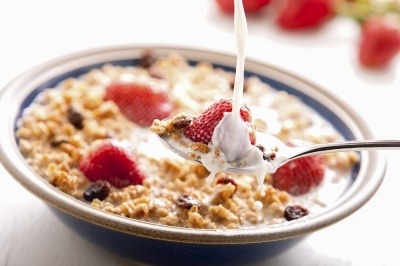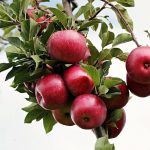
Dietary fibre, especially the insoluble type like bran isn’t the politest of nutrients given that all doctors and nutritionists might talk about is stool quality and transit time. Nonetheless, the least sexy aspect of a diet can have enormous benefits to general health if we ingest more of it on a daily basis. We have looked at glucans from oats before as a great example of a soluble fibre (fiber) and its heart and diabetes story. However, if soluble fiber is coupled with bran because it comes from the same grain, then we have an altogether better story.
Back in the day, the British scientist Dr Dennis Burkitt noticed that stool size in African tribes peoples was enormous and reckoned that the high plant-fibre diet was at the root of all this. He also noticed the near complete absence of certain diseases such as diverticulosis and even more importantly colon cancer and the reduced impact of heart disease that was evident and on the rise from so-called Western diets. Little wonder then that he began eating fiber to improve his general health.
Stools or poo is not an easy subject to discuss either but it doesn’t take a rocket scientist with an MRI scanner to see that if a stool sinks then it doesn’t contain much fiber. Add some to the diet and the stool changes shape and density and starts floating – a positive sign by the way. Given the large number of clinical studies, EFSA now allows claims to be made for a reduction in transit time in the gut and bulkier stools. The evidence from different study types and of sufficiently high enough quality meant that a claim was likely to be forthcoming.
The effects of insoluble fibre are largely physical as they provide bulk and volume. Eating a volume of any food especially fibre soon fills us up and so insoluble dietary fibre creates this important benefit of satiety. How much fibre is needed in the diet ? The nutritional guidelines recommend men need to ingest between 30 and 38 g whilst women should have between 21 and 25 grams per day. Ideally it should come from a number of sources and be consumed throughout the day.
Typical sources for insoluble fiber include whole wheat, most grains, vegetables, brown rice and bran itself. Generally, consumption of fiber from the start of the day at breakfast is probably the best time because cereals are usually consumed from this moment in earnest. We haven’t even considered the benefits in reducing type-2 diabetes but that is for another time.
The European Food Safety Authority (EFSA) approved claims for wheat bran fibre can be found at:-
Scientific Opinion on the substantiation of health claims related to wheat bran fibre and increase in faecal bulk (ID 3066), reduction in intestinal transit time (ID 828, 839, 3067, 4699) and contribution to the maintenance or achievement of a normal body weight (ID 829) pursuant to Article 13(1) of Regulation (EC) No 1924/20061



So interesting !